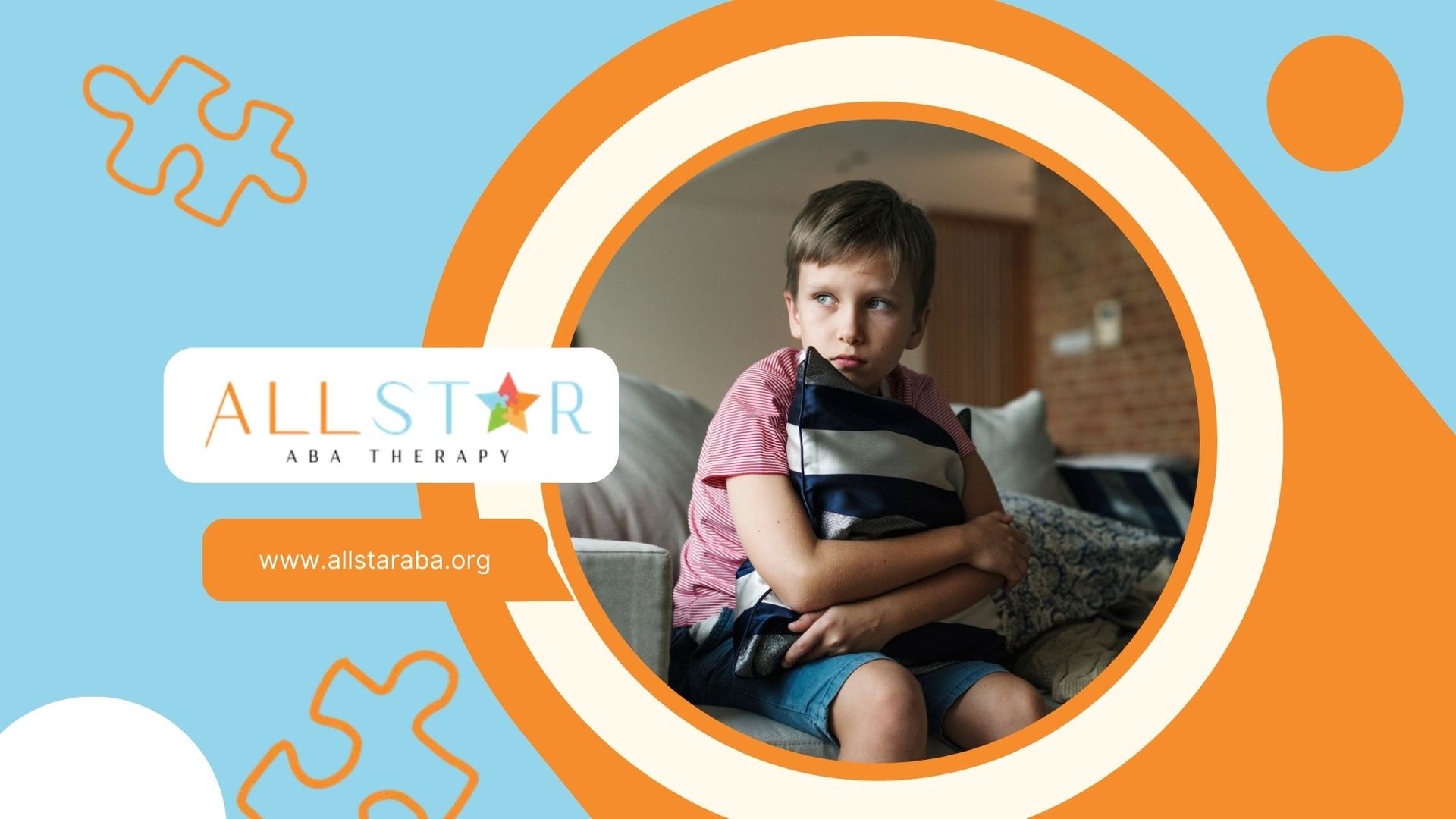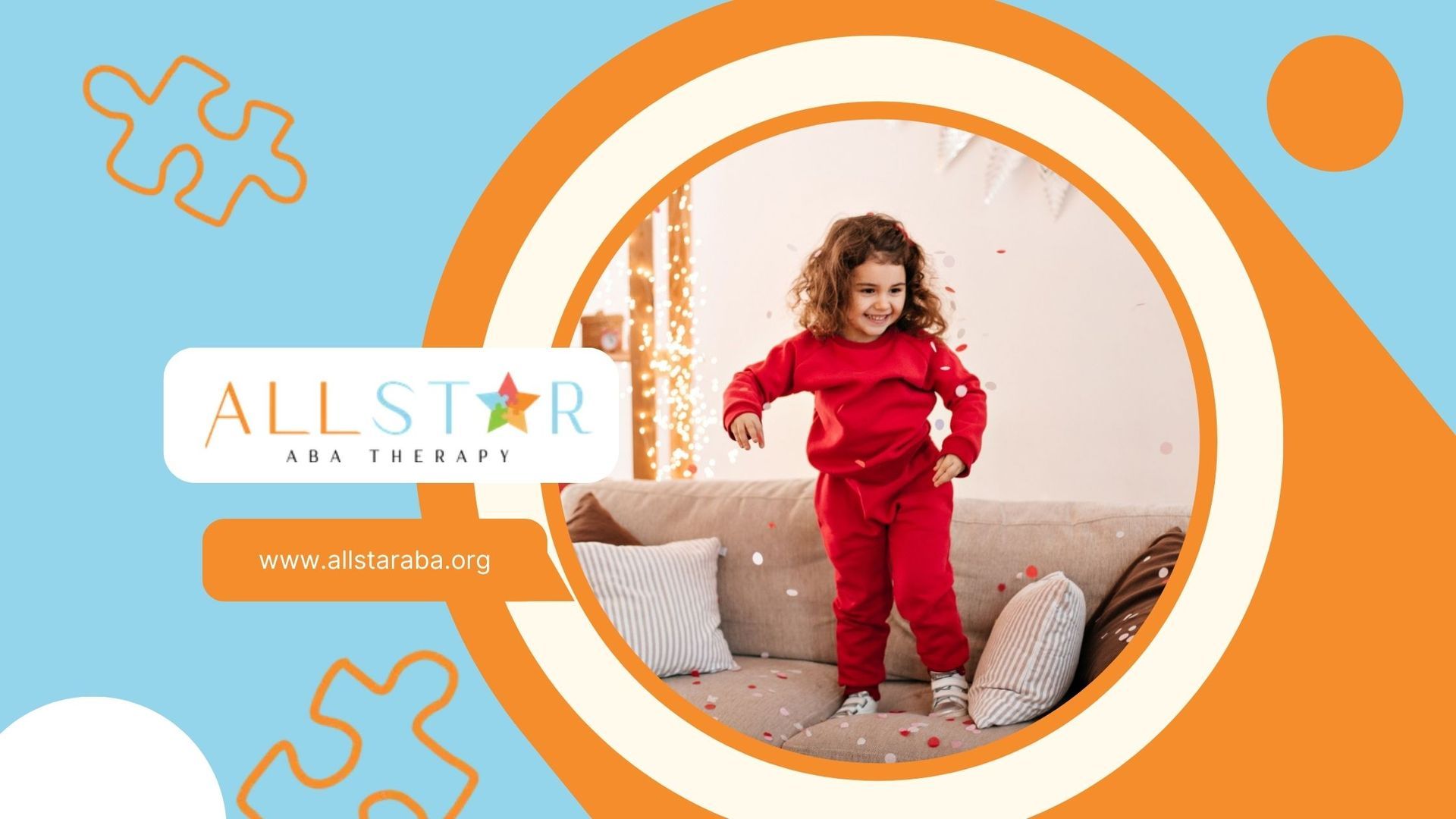New Paragraph
The Power of Autism Awareness Symbols: What They Represent
The autism spectrum includes many different experiences that highlight the diversity of autism. It is important to raise awareness about this complex condition to help people accept and include others. On Autism Awareness Day and throughout the year, the puzzle piece symbol is often linked with autism. While many people use this symbol, it is important to remember that there is more than one way to represent autism. This exploration will look at different autism awareness symbols, what they mean, and how they affect how the public views autism.
Decoding Autism Awareness Symbols
Autism awareness symbols are images that help people understand and accept those on the autism spectrum. These symbols show the diversity and special traits linked to autism, highlighting a broader range of symbols. For example, the puzzle piece is a well-known symbol, while the infinity symbol has been more recently used. Each symbol has its meaning in the autism community.
Knowing these symbols is important for building a more inclusive society. When we see and respect what these symbols stand for, we help create a world that appreciates neurodiversity. This world can honor the strengths and contributions of individuals with autism.
The Evolution of the Puzzle Piece and Its Meaning
The puzzle piece was first used in 1963 by the National Autistic Society (NAS) in the UK. It has become a widely recognized symbol for autism around the world. At first, it meant to show the complexity of autism. The logo gained popularity through groups like Autism Speaks. The interlocking pieces were designed to show the different challenges and strengths of people with autism.
However, the autism puzzle piece has received some criticism. Many autistic individuals and their families believe it suggests that autism is something "missing" or "broken" that must be "fixed." This view has started a debate in the community about whether the symbol properly represents the real experiences of autistic people.
Due to these concerns, other symbols, like the infinity symbol, have come up as more inclusive and empowering choices for the autism community. This change shows how important it is to keep the conversation going and consider the views of autistic individuals.
The Significance of the Infinity Symbol in Representing Neurodiversity
The infinity symbol is now an important sign for autism awareness. It stands for the neurodiversity of people on the autism spectrum. The endless loop of the infinity symbol shows the limitless potential and unique strengths of autistic individuals.
It is often shown as a rainbow infinity symbol. This symbol captures the wide range of experiences and views in the autism community, highlighting the diversity of the autism community. The rainbow colors show that autism is not just one thing. It is a spectrum with many differences.
Using the infinity symbol shows a change to a more positive view of autism. It celebrates neurodiversity and focuses on the strengths and talents of autistic individuals. By using the infinity symbol, we move away from seeing autism as a deficit. Instead, we welcome a future where autistic people are appreciated for their unique views and contributions.
The Spectrum of Colors: Beyond Blue
The color blue is often linked to autism awareness, especially with campaigns like "Light It Up Blue." However, many different colors symbolize a collective effort to represent autism. Each color shows a part of the diversity of the autism spectrum.
For example, gold stands for acceptance and diversity. The bright colors of the rainbow show the unique strengths of autistic individuals. These colors spread a better and more complete view of the autism community. Autism awareness symbols play a vital role in raising awareness and fostering understanding. These symbols serve as visual reminders of the autism spectrum and encourage empathy and inclusivity. To learn more about autism and explore available support options, consider consulting with autism therapists near you. They can provide valuable insights, answer your questions, and offer personalized guidance for individuals with autism and their families.
Why Gold Represents Diversity and Acceptance in the Autism Community
The gold color has become a strong symbol of the importance of embracing diversity and acceptance in the autism community. It shows that autism is not the same for everyone. Autistic individuals have many different experiences, strengths, and challenges. Gold represents how important it is to accept and celebrate this diversity.
Just like gold is precious, so are the unique qualities and contributions of autistic people. The gold color reminds us that autism acceptance means accepting each person as they are, not trying to change them.
By embracing the gold color, we support inclusivity and celebrate what neurodiversity brings to our world. It encourages us to go beyond just being aware. We should work to build a society where autistic individuals feel accepted, valued, and supported in every part of their lives.
Understanding the Use of Red and Yellow in Autism Awareness
The color blue is the main color in autism awareness. However, using other colors like red and yellow adds more depth to the representation. Blue shows calmness and understanding, making it a symbol of support for autistic individuals. Red shows the love and passion for autistic individuals.
Yellow reflects the joy, hope, and positivity that autistic people bring to the world. When used together in the autism awareness ribbon, these colors show the many sides of autism. It also highlights the need to accept all kinds of diverse experiences.
By using different colors, we recognize that autism looks different for everyone. Understanding grows when we welcome these differences instead of just focusing on one color.
The Role and Impact of Autism Awareness Symbols
Autism awareness symbols are very important. They help people understand autism spectrum disorder better. These symbols can create empathy and serve as powerful tools to promote inclusivity, sparking discussions about the needs of autistic individuals and their families.
But we must remember that symbols alone won't make a change. Awareness needs to lead to real actions. We should work to support autistic people in every part of life and ensure they feel accepted.
How Symbols Influence Public Perception and Support
The symbol of autism includes images like the puzzle piece, the infinity symbol, and bright rainbow colors. These symbols are very important because they shape how the public views autism. Autism awareness campaigns use these symbols to create understanding and empathy among people.
When these symbols are used well, they can challenge wrong ideas about autism. They can also create a sense of community for autistic individuals and their families. By linking positive messages to autism, these symbols help inspire support and promote inclusivity.
It's important, however, to make sure these symbols do not take away from the voices of autistic individuals. Symbols should spark discussions and build understanding, not replace genuine connections with the autistic community.
Symbols as Tools for Advocacy and Inclusion
Symbols that show support, like autism awareness symbols, are great tools for advocacy and inclusion. They remind us how important it is to embrace neurodiversity create a welcoming society for everyone, and celebrate the unique experiences of individuals. When people display these symbols, they show their dedication to understanding and accepting those on the autism spectrum.
These symbols can start conversations, paving the way for curiosity and a deeper understanding of autism. They can spark thoughts of inclusivity and help to challenge old beliefs while promoting empathy. We can also use symbols to push for policies and practices that help meet the special needs of autistic individuals. This can help ensure they have access to education, work, and healthcare.
In the end, symbols work best when they lead to real action and change. If we go beyond just awareness and actively strive for a more inclusive society, we can build a world where autistic individuals feel valued, respected, and empowered to achieve their full potential.
Conclusion
Autism awareness symbols have important meanings and effects on how people see and support autism. The changing puzzle piece and the infinity symbol each send strong messages. They promote inclusion and acceptance. The range of colors, like gold, red, and yellow, shows the diversity in the autism community. These symbols support neurodiversity and help with advocacy and inclusive actions. By understanding and using these symbols the right way, we can spread awareness and help create a more inclusive society. Let's embrace these symbols to support and understand those on the autism spectrum.
At All Star ABA, we believe in fostering a greater understanding of autism within our communities. We strive to create an inclusive and supportive environment for individuals on the spectrum. By raising awareness and promoting acceptance, we can work towards a more inclusive society for all.
Frequently Asked Questions
What does the gold color symbolize in autism awareness?
In the autism community, the gold color stands for autism acceptance. It highlights the different experiences of people on the spectrum. The color represents the unique strengths and challenges of autistic individuals. It also encourages us to embrace neurodiversity.
Why is the infinity symbol associated with autism?
The infinity symbol shows the diversity of the autism spectrum. It highlights the special strengths and endless possibilities of each person. The loop represents the many different experiences in the autism community.
How do autism awareness symbols contribute to inclusion?
Autism awareness symbols help promote inclusion. They raise awareness and foster understanding. This encourages a supportive environment for people on their unique journey with autism. These symbols stand for a shared commitment to acceptance.
Need Support?
We're Here to Help!
Our experienced team is ready to assist you. Reach out today to discuss how we can support your child's development and well-being.
Get started with expert ABA therapy today.
Related posts

All Star ABA delivers the gold standard of care, Applied Behavioral Analysis (ABA) therapy, for individuals diagnosed with ASD, from infancy to age 21.
Quick Links
All Rights Reserved | All Star ABA







